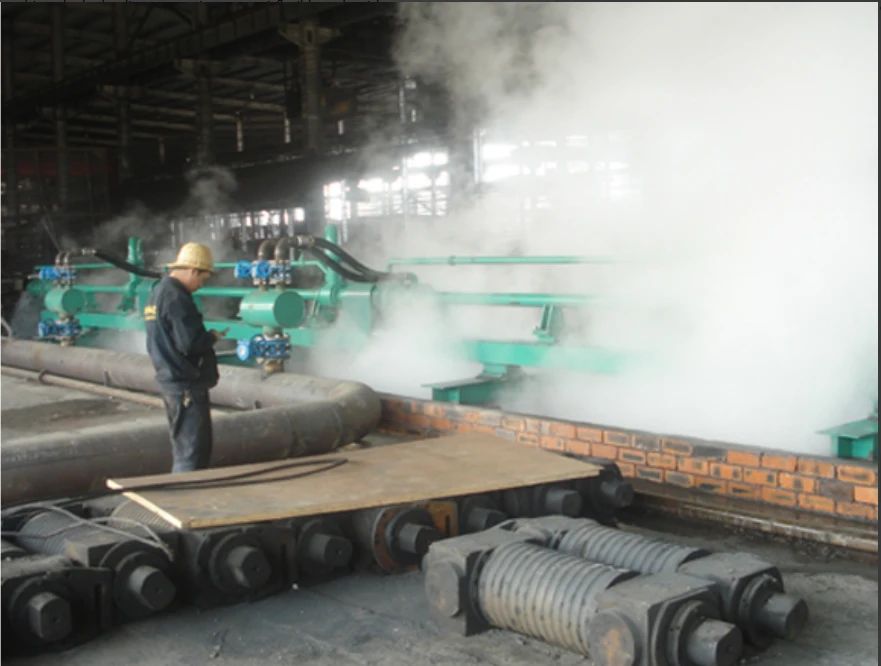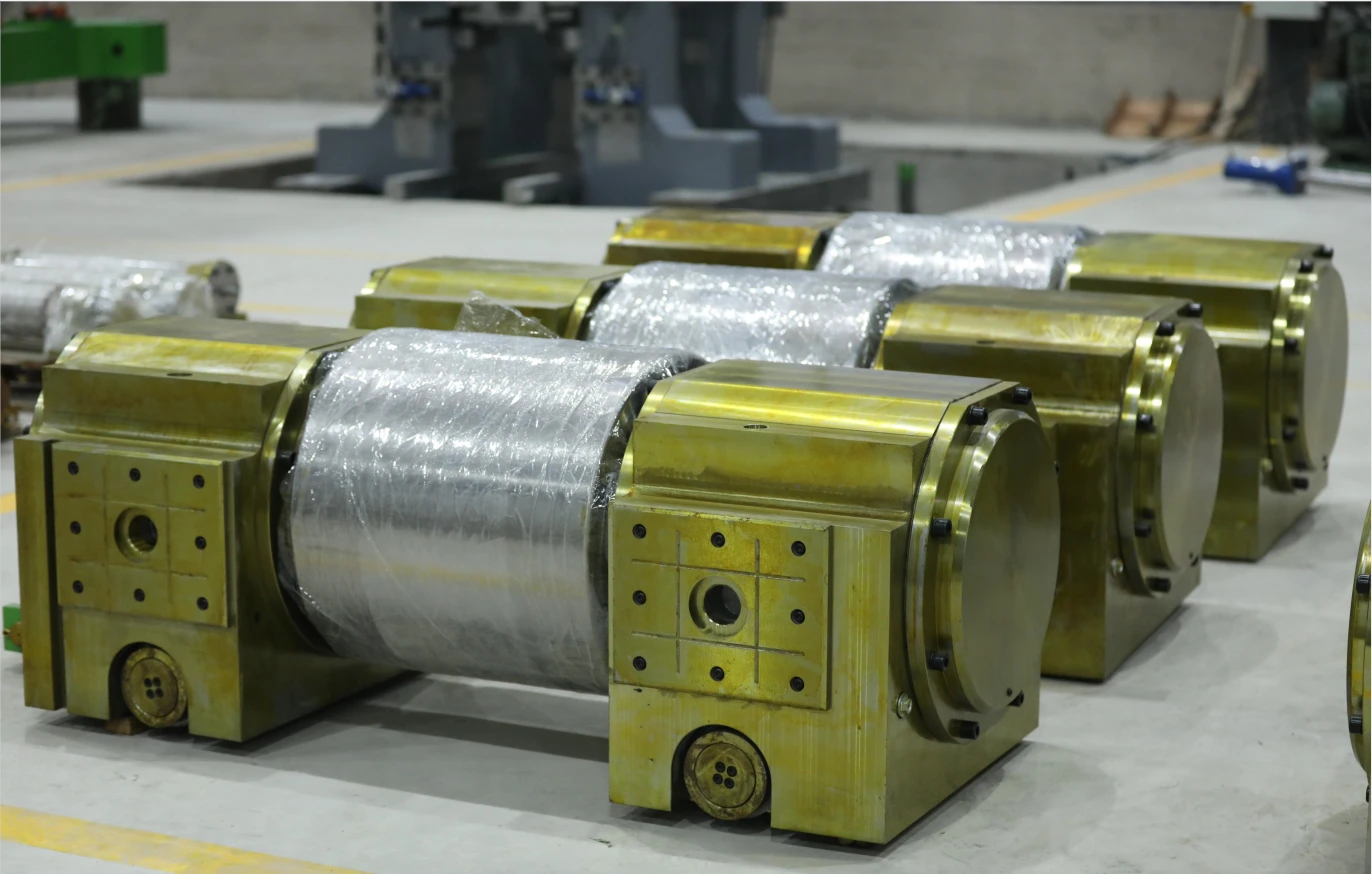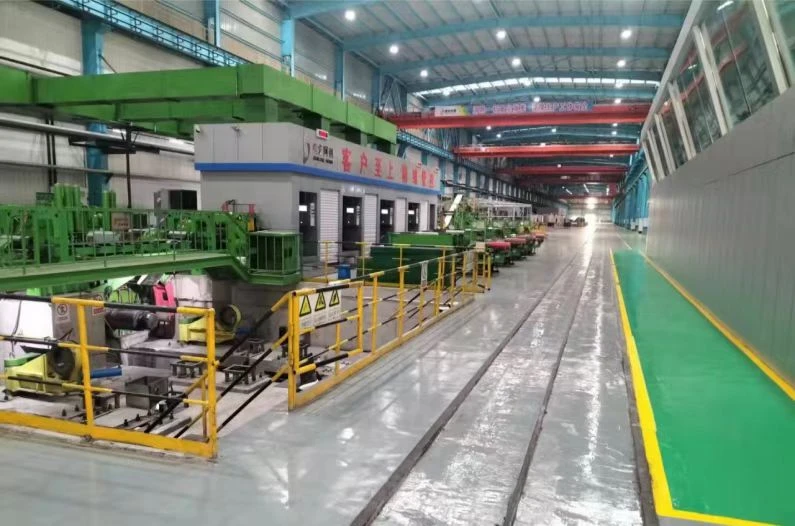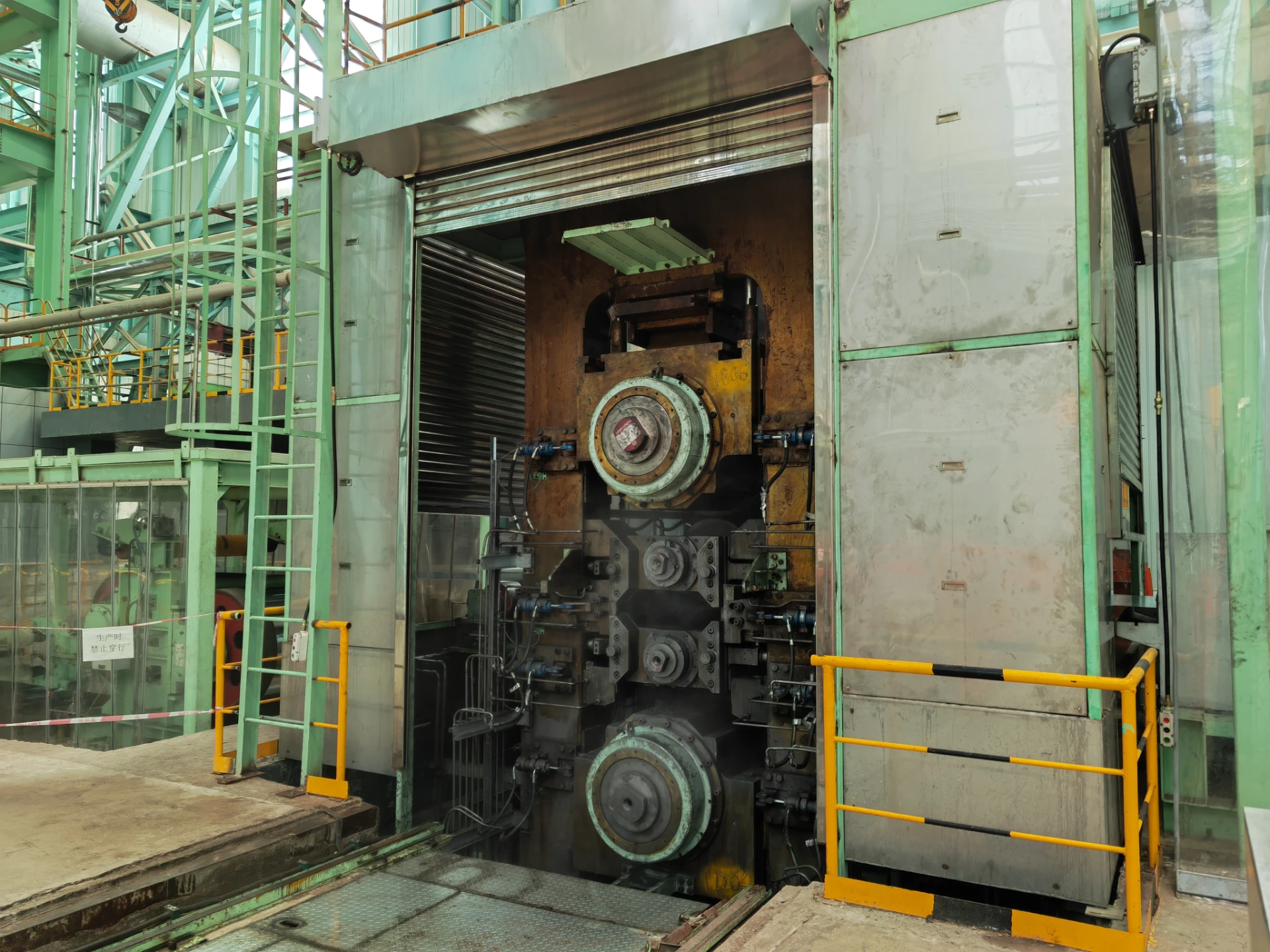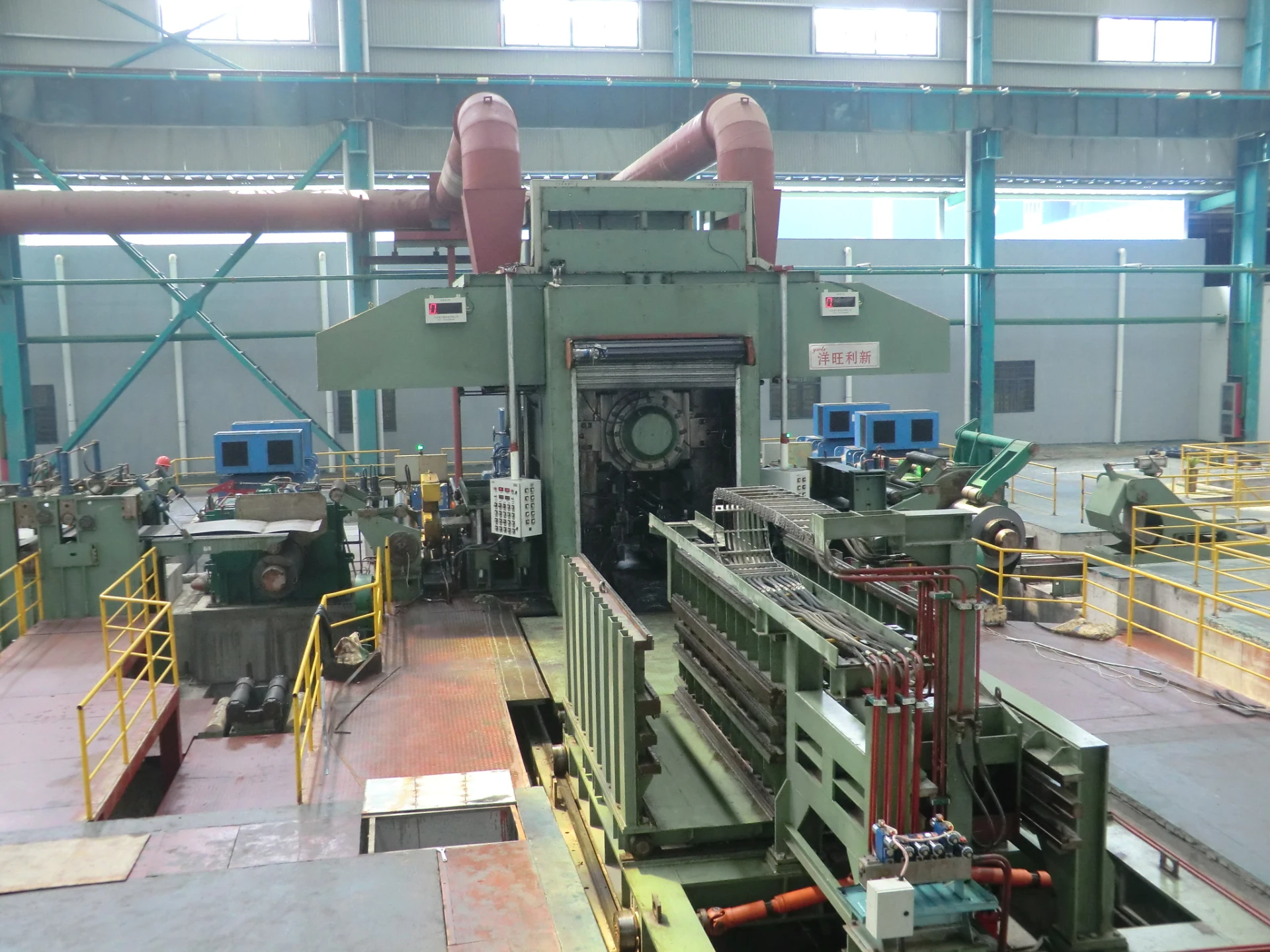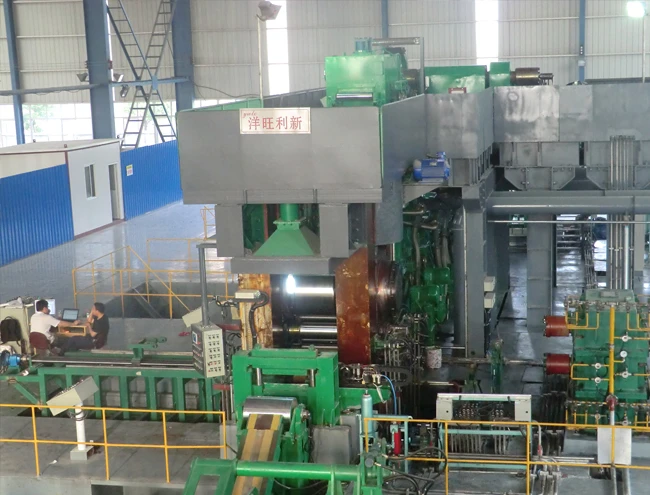
Reducing Energy Consumption with Modern Tandem Cold Mill Upgrades
The tandem cold rolling mill represents one of the most energy-intensive processes in steel manufacturing, yet remains indispensable for producing high-quality strip products. As global emphasis on sustainable manufacturing grows, reducing energy consumption in tandem mill cold rolling operations has become both an economic necessity and an environmental imperative. Modern tandem rolling mill configurations now incorporate advanced technologies that significantly cut power usage while maintaining - or even improving - production quality and throughput.
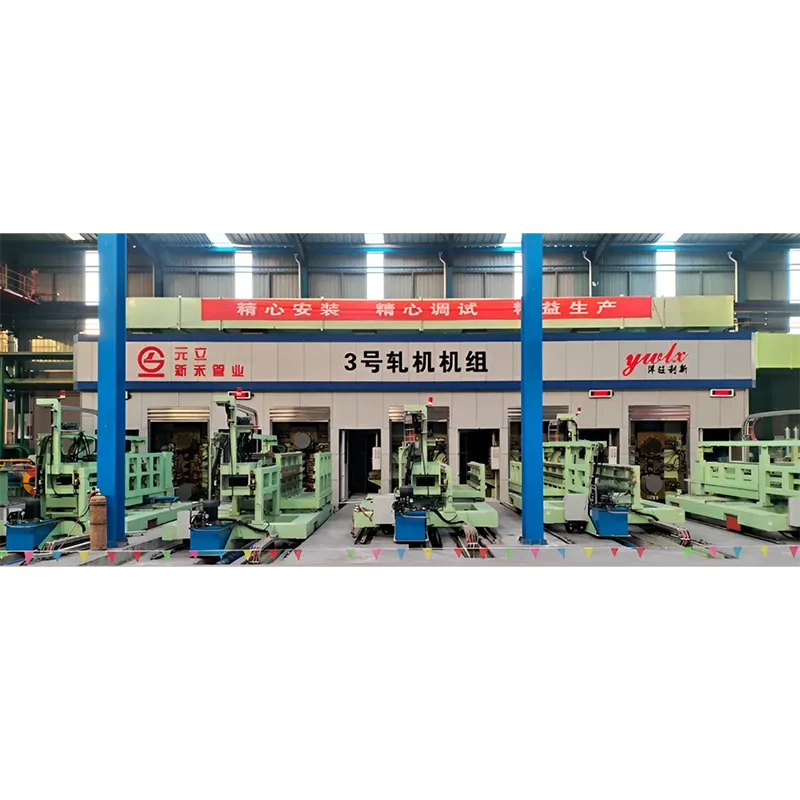
Energy Consumption Challenges in Traditional Tandem Rolling Mills
Conventional tandem cold rolling mill designs face several inherent energy efficiency challenges that modern upgrades aim to address:
The sequential nature of tandem mill cold rolling requires massive power inputs to overcome deformation resistance across multiple stands. Each rolling stand in a tandem rolling mill typically consumes between 1-3 MW of power, with total mill consumption often exceeding 10 MW during operation. Much of this energy converts to heat through friction and plastic deformation rather than productive work.
Ancillary systems in a tandem cold mill, including coolant pumps, roll gap adjustment mechanisms, and strip tension controls, contribute significantly to overall energy draw. Older tandem mill rolling installations often lack sophisticated energy recovery systems, wasting the substantial kinetic energy generated during deceleration and strip threading operations.
Furthermore, the increasing production of advanced high-strength steels (AHSS) in modern tandem cold rolling mills requires higher rolling forces, exacerbating energy consumption challenges. These factors combine to make energy optimization in tandem rolling mill operations both complex and critically important.
Advanced Drive Systems for Tandem Mill Energy Reduction
Modern tandem cold mill upgrades focus first on revolutionizing drive train efficiency. The latest generation of tandem rolling mill installations feature several transformative technologies:
Permanent magnet synchronous motors (PMSMs) are replacing traditional induction motors in tandem mill cold rolling applications. These high-efficiency drives offer 3-5% better energy conversion efficiency while providing superior torque control. When combined with modern vector-controlled variable frequency drives (VFDs), PMSMs enable precise speed matching between stands in a tandem cold mill, reducing tension-related energy losses.
Regenerative drive systems represent another breakthrough for tandem rolling mill energy savings. These systems capture and reuse the substantial braking energy generated during mill deceleration or strip breaks. In a typical tandem cold rolling mill application, regenerative systems can recover 15-25% of total energy consumption, feeding it back into the plant power grid or storing it for subsequent acceleration phases.
Some cutting-edge tandem mill rolling installations now employ common DC bus systems that allow energy sharing between stands. This approach minimizes conversion losses and enables optimal energy distribution based on real-time rolling requirements, particularly beneficial when processing variable gauge materials.
Process Optimization Technologies in Modern Tandem Mills
Beyond mechanical upgrades, advanced process control systems are revolutionizing energy efficiency in tandem cold rolling mill operations:
Model-based predictive control (MPC) systems now optimize rolling schedules in real-time for minimum energy consumption. These sophisticated algorithms consider material properties, target reductions, and mill conditions to determine the most energy-efficient pass schedule for each coil in a tandem mill cold rolling sequence. Modern MPC systems can reduce energy use by 8-12% compared to traditional control methods.
Adaptive thickness control systems in contemporary tandem rolling mills employ high-speed hydraulic gap control (HGC) with neural network-based compensation. These systems maintain precise strip gauge with minimal energy-intensive corrective actions, while also reducing scrap rates that represent hidden energy costs.
Thermal management innovations in tandem cold mill operations include intelligent roll cooling systems that optimize coolant flow based on real-time thermal imaging. These systems maintain ideal work roll temperatures while reducing pump energy consumption by 20-30%. Some advanced tandem mill rolling installations now employ phase-change cooling systems that provide more efficient heat transfer with lower fluid volumes.
Tandem Mill Rolling: Material Flow and Tension Control Innovations
Efficient material handling represents another frontier for energy savings in tandem cold rolling mill operations:
Modern tandem rolling mill designs incorporate low-inertia tension reels with direct-drive motors that significantly reduce acceleration energy requirements. These systems precisely control interstand tensions with minimal energy waste, particularly important when processing thin gauges or high-strength materials.
Advanced strip threading systems in upgraded tandem cold mills utilize laser guidance and automated leader strip systems to reduce threading time and associated energy losses. Some installations now feature "flying" thread systems that enable continuous operation during coil changes, eliminating the traditional energy-intensive stop-start cycle.
Innovative roll bite lubrication systems in contemporary tandem mill cold rolling operations apply minimum-quantity lubrication (MQL) techniques. These systems reduce friction losses by 15-20% while eliminating the energy demands of traditional flood coolant systems. The latest generation of MQL systems employ nanoparticle additives that further enhance lubricity without increasing environmental impact.
A New Era of Efficient Tandem Cold Rolling
The modern tandem cold rolling mill has evolved from an energy-intensive necessity to a showcase of sustainable manufacturing innovation. Through strategic upgrades incorporating advanced drive systems, intelligent process controls, and innovative material handling solutions, today's tandem mill cold rolling operations can achieve remarkable energy savings without compromising productivity or quality.
As steel producers face increasing pressure to reduce carbon footprints while maintaining competitiveness, these tandem rolling mill upgrades deliver both environmental and economic benefits. The continued development of energy-efficient tandem cold mill technologies ensures that this critical manufacturing process will remain viable in an increasingly sustainability-focused industrial landscape.
Looking ahead, the integration of artificial intelligence, advanced materials science, and renewable energy systems promises to further enhance the efficiency of tandem mill rolling operations. These innovations will cement the tandem cold rolling mill's position as both a high-precision production tool and a model of industrial energy efficiency.
-
YWLX’s 1450mm Six-Hi Reversing Mill Goes Live in BangladeshNewsNov.24,2025
-
Adjusting Roll Gap in 6Hi Reversing Cold Rolling Mill for Thin StripNewsNov.13,2025
-
Quality Control Standards for Automatic Gauge Control in Strip RollingNewsNov.13,2025
-
Effect of Skin Pass Rolling on Metal DuctilityNewsNov.13,2025
-
Key Components of a Modern TempermillNewsNov.13,2025
-
Common Wear Patterns of Work Roll in Tandem Cold Mill OperationsNewsNov.13,2025
-
Revolutionary Skin Pass Rolling Technology for Enhanced Steel QualityNewsNov.04,2025




